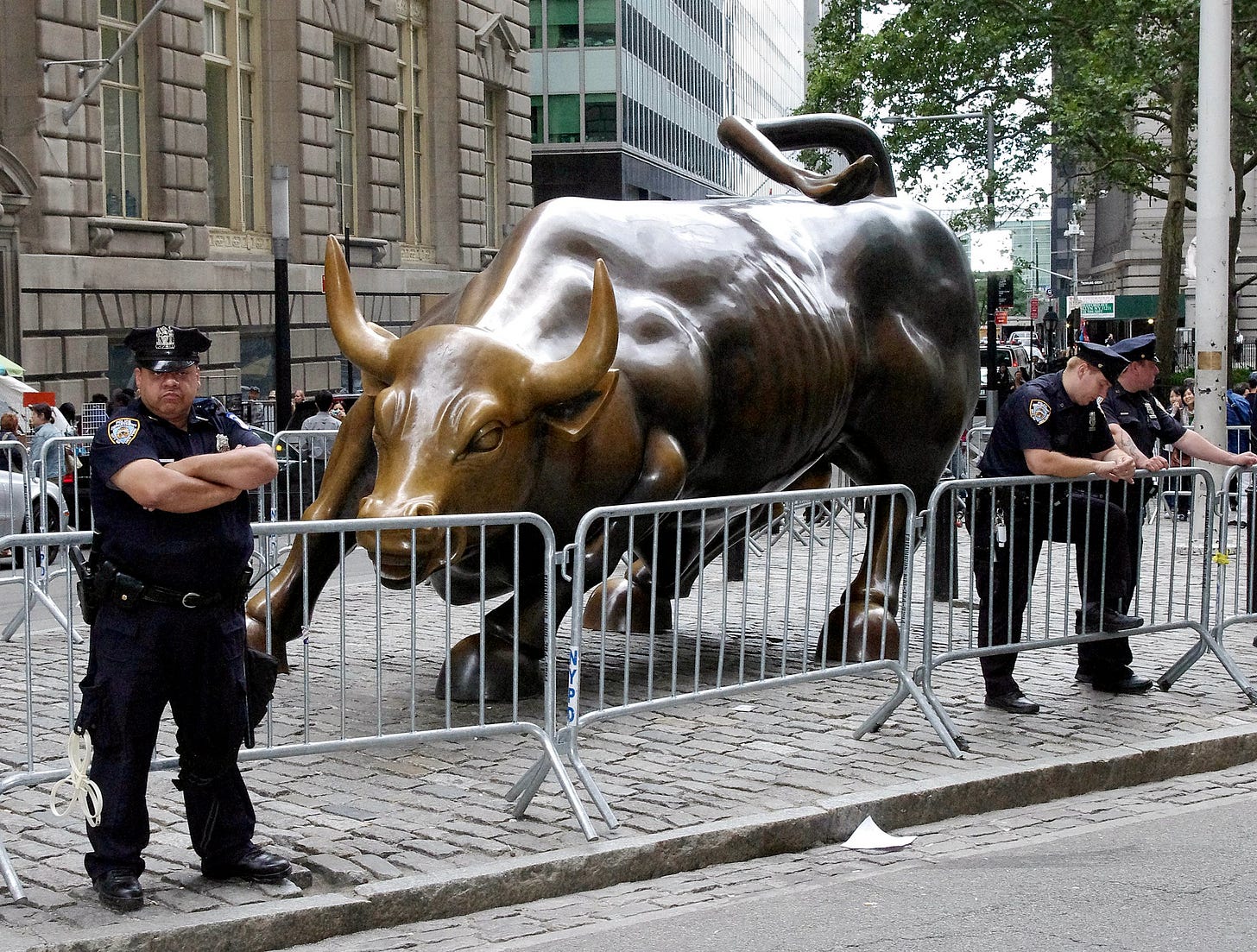ZEUS: Shaky markets unprepared for climate risk
The wild divergence between how markets reacted to Covid-19 and this week's social unrest in the U.S. shows they are simply not ready for coming climate events.

(David Callaway is founder and Editor-in-Chief of Callaway Climate Insights. He is former president of the World Editors Forum, Editor-in-Chief of USA Today and MarketWatch, and CEO of TheStreet Inc.)
SAN FRANCISCO (Callaway Climate Insights) — When I was a young foreign correspondent for Bloomberg News in the early 1990s in London, we like many companies had contingent technology centers a few miles away from The City down at Canary Wharf in case an IRA bomb blew up near our headquarters. One night a bomb did go off, but it blew up the contingency center instead. Best laid plans.
I remember that each time I hear the hollow assurances of some company or industry that they are prepared for a threat, such as terrorism, recession, pandemic, or climate change. This week, as equity markets stretched toward their February record highs during the worst social unrest in the U.S. since 1968, the divide was particularly striking. Nothing like the reaction in March when the coronavirus hit. Both have financial implications, but it’s clear the markets expect each to pass in a short time.
Climate change will not be like that. It will be an increasing series of natural disasters, each with tremendous social consequences, particularly for the poor and downtrodden. Hunger, thirst, loss of livelihood, forced migration. People will be more mad, more desperate. There is no evidence, even with alarm bells ringing, that the markets are prepared.
Why is this column called Zeus? David Callaway explains here.
Last week, the International Monetary Funds addressed the issue in its Global Financial Stability Report. Citing events such as the 2011 floods in Thailand, or the California wildfires in recent years, the IMF toted up damages of about $1.3 trillion in the past decade, or 0.2% of global GDP. Looking back over 50 years, it said the average reaction of bank stocks to such disasters was about 2%.
Essentially, the markets just take each disaster as it comes, tally up the losses, and move along. Despite the fact that they just keep coming and perhaps, like we're seeing with social unrest, will continue to become worse until we deal with the problem.
Similar questions have been asked about other financial instruments, particularly long-term ones like municipal bonds, or 30-year mortgages. Imagine back to 1990. Almost all of the climate damage we've done as a species has occurred since then. Are you ready to buy a 30-year product right now on the belief that it is prepared for what can or will happen?
Many banks, to their credit, have begun assembling climate-risk models for their loans based on the risks of their counterparties. Real estate, construction, transportation. Industries with high exposure to climate risk. They are finding ways to stress test against them, but a major issue is the lack of data.
Organizations like the IMF, or the Sustainable Accounting Standards Board here in San Francisco (SASB), both advocate for risk disclosure at the company level, which would certainly benefit equity investors. SASB has probably the leading set of reporting standards, but it is still early innings in terms of adoption on a global basis.
As I’ve argued before, only when investors — and everybody — can easily understand specific data about the risk they face from climate change, can they both prepare and find ways to prosper in the markets.
Tailoring credit risk to climate inevitably will better reveal the benefits of financing clean and renewable energy products, energy efficiency in construction, water distribution strategies, and other green ideas. And it will result in a decline in lending to increasingly unstable businesses in fossil fuels, transportation emissions, and the mining industry.
Assessing climate preparations across equity groups through common environmental, social and governance (ESG) standards should become as common as looking at price/earnings ratios or earnings trends.
It is not uncommon for markets to not be prepared for unseen events. One of the maxims during a bull market is that if you can see a threat coming, then that’s not going to be the danger to your portfolio.
In this case, the threat is hiding in plain sight. And as we seek lessons from the past week, and the past three months, one of them should be that challenges not addressed now will always be worse next time.

